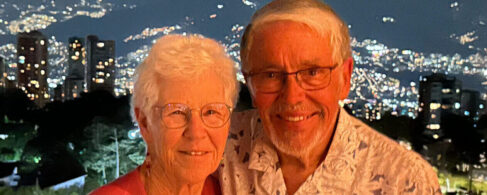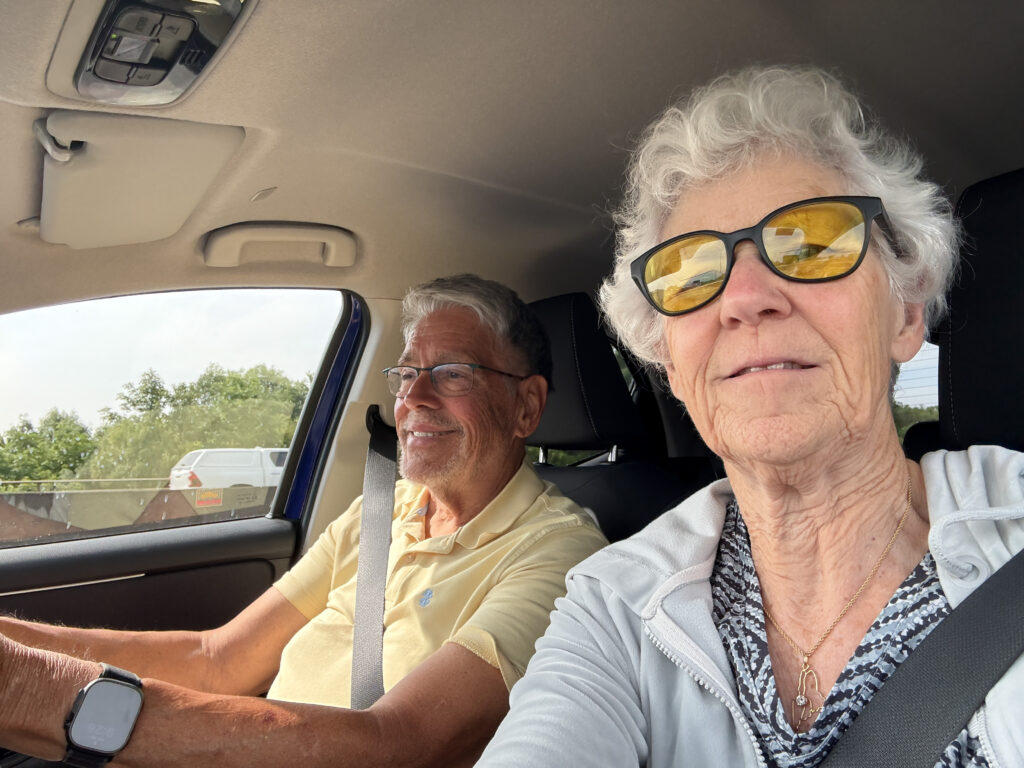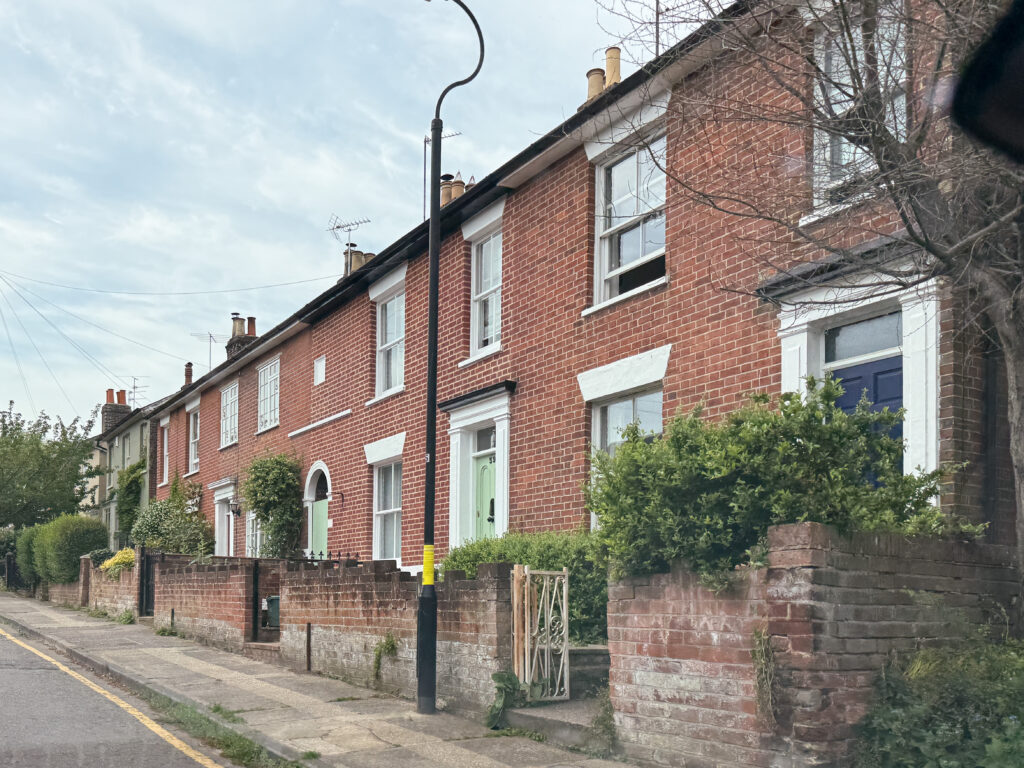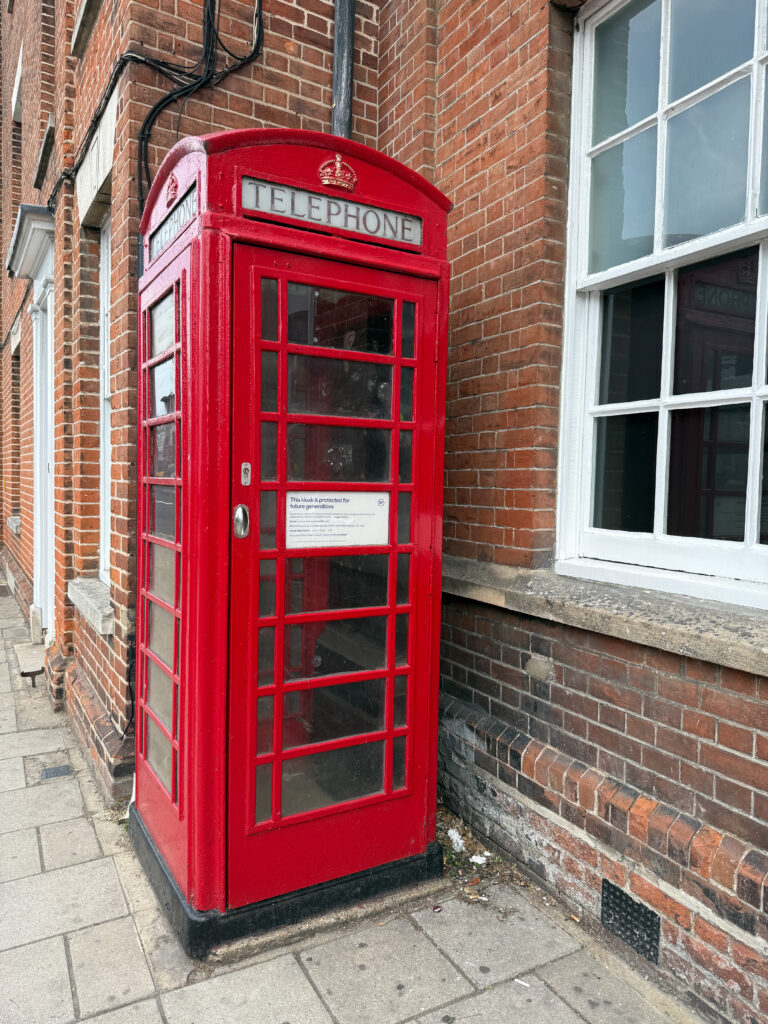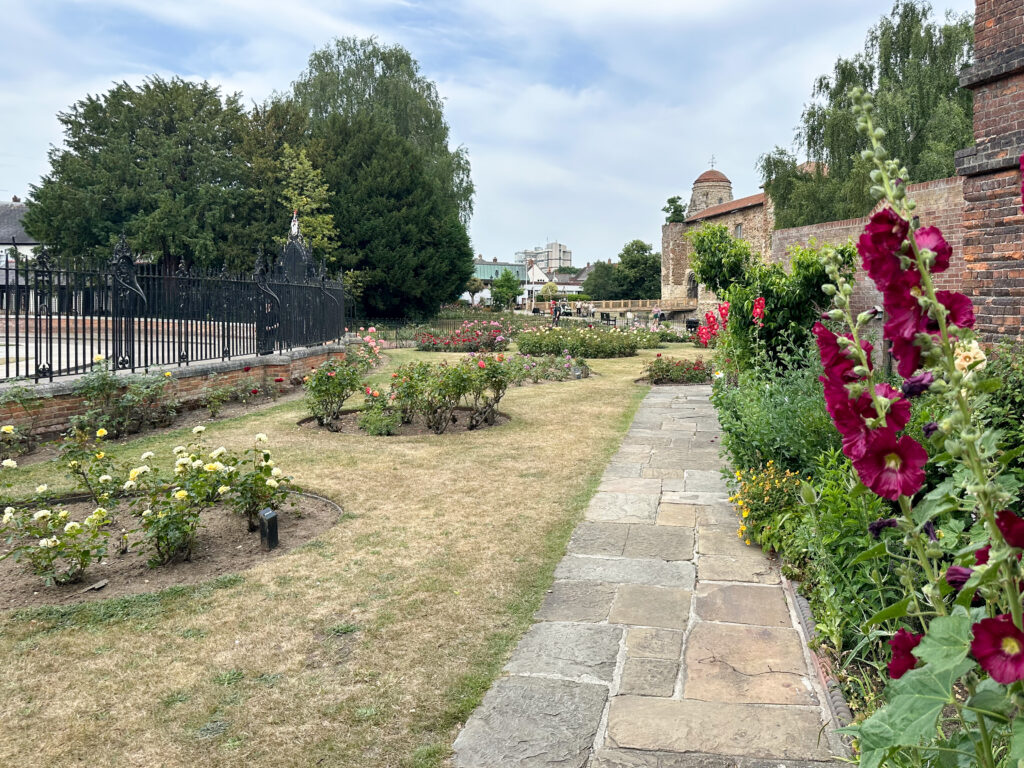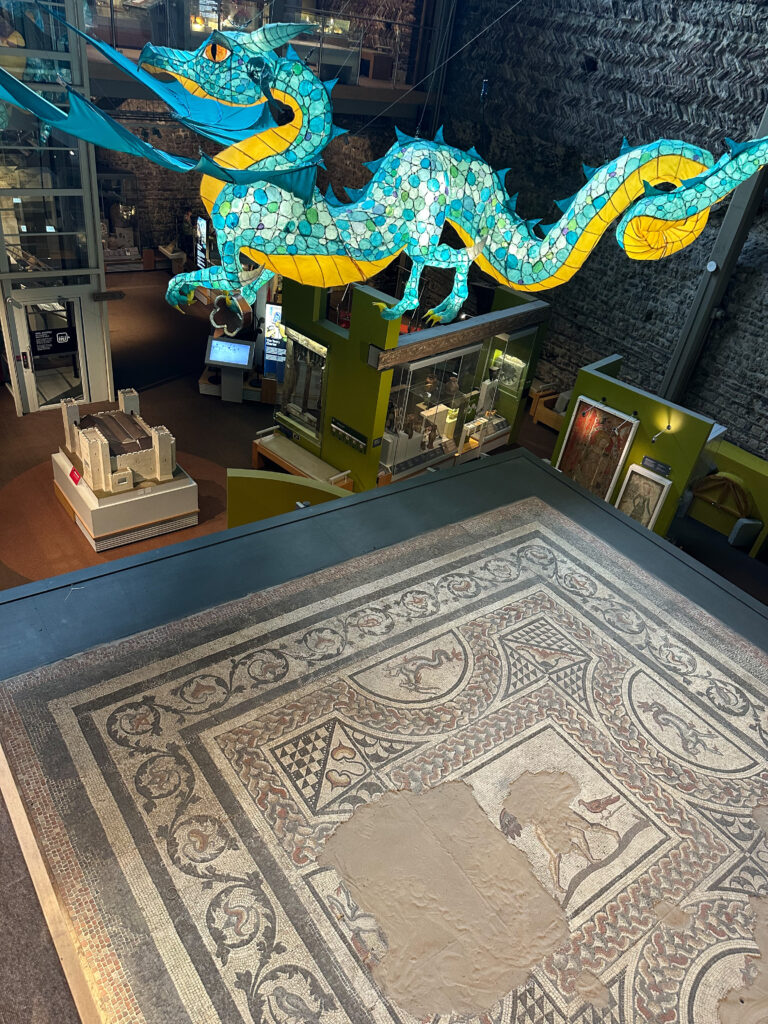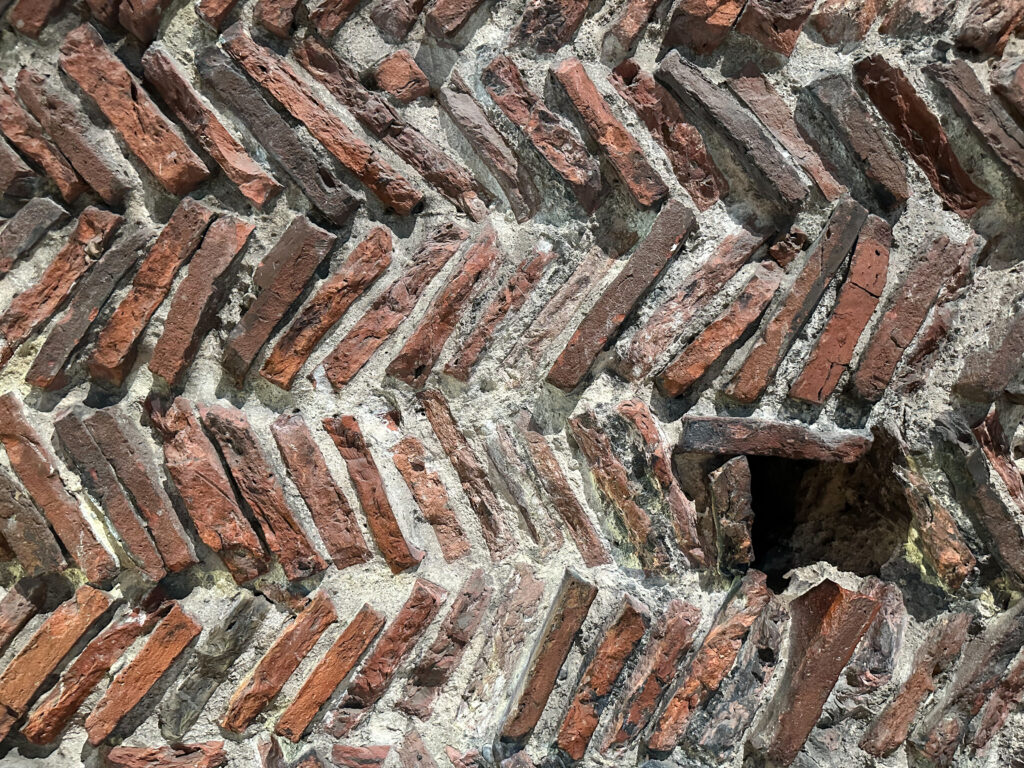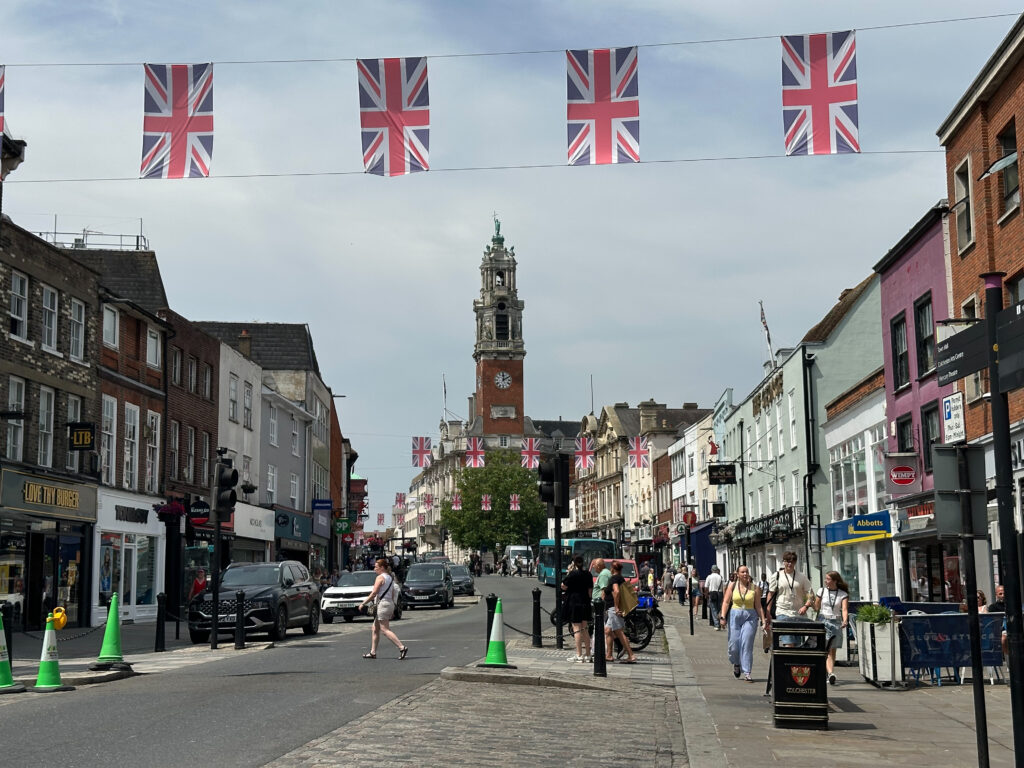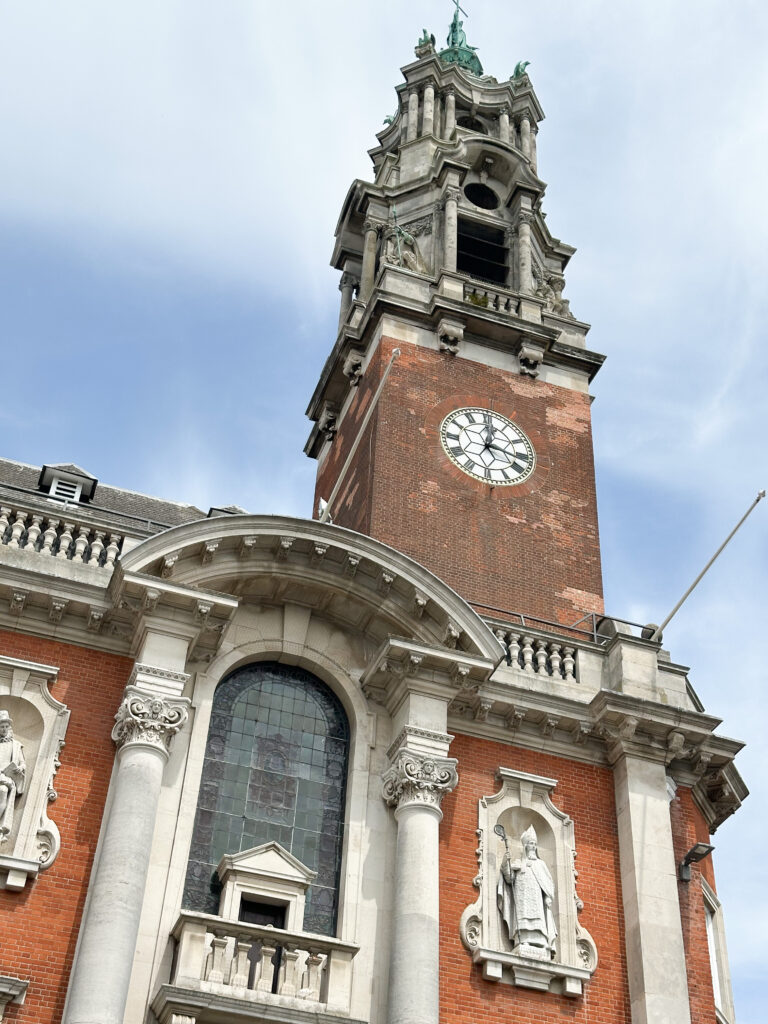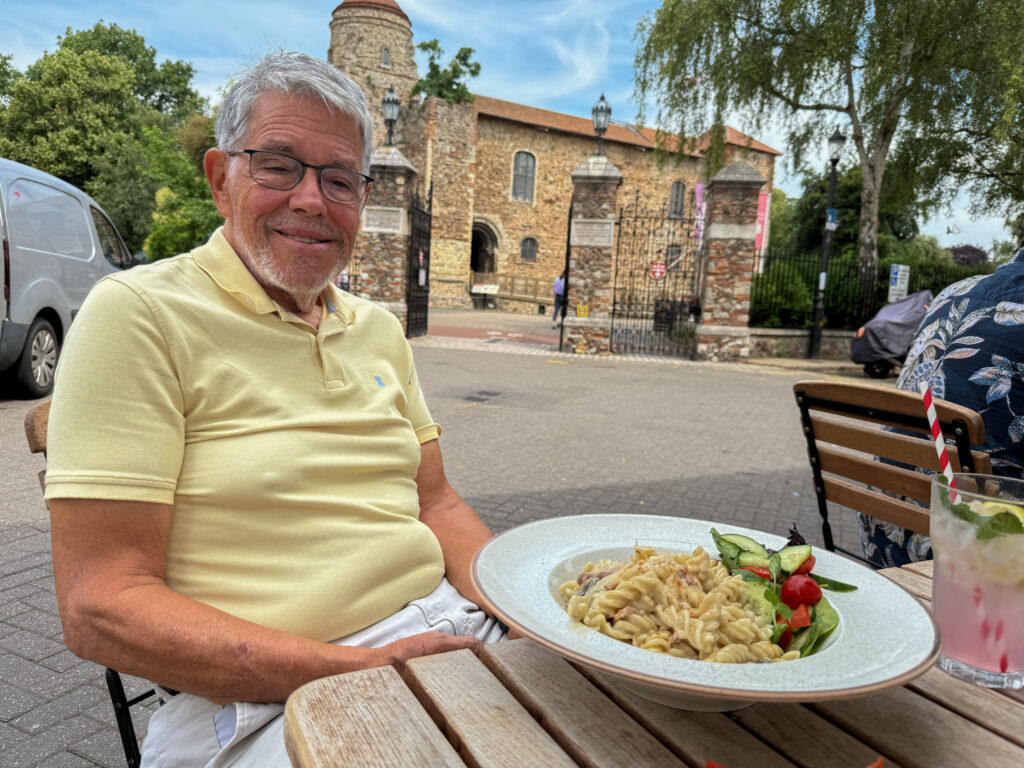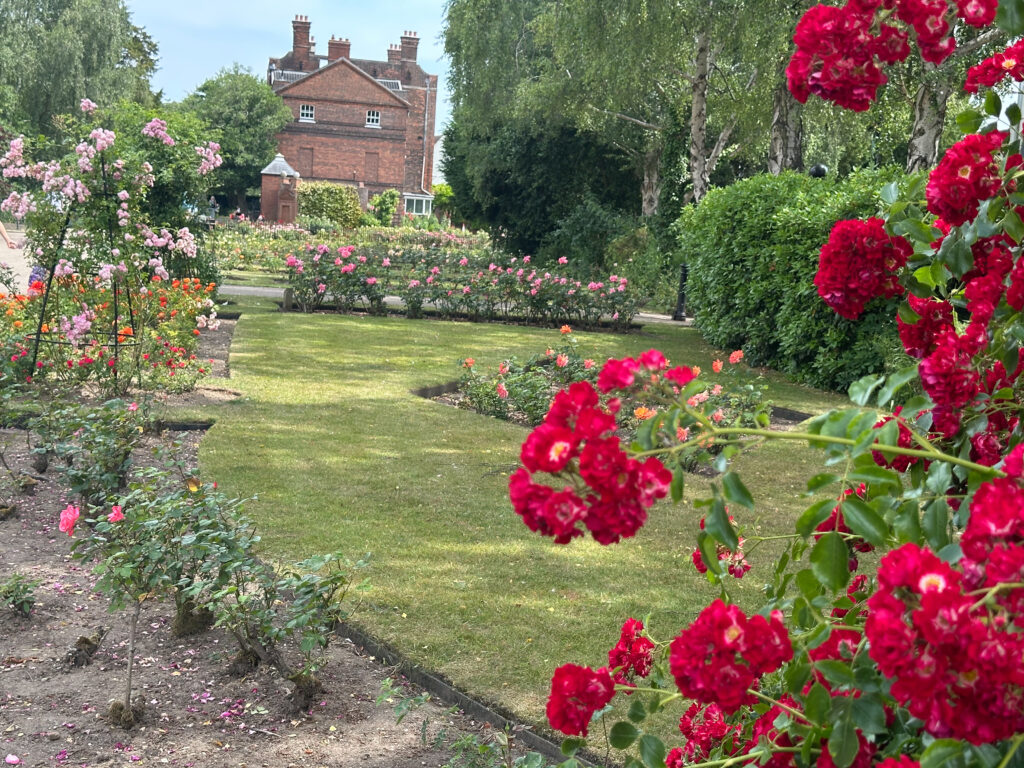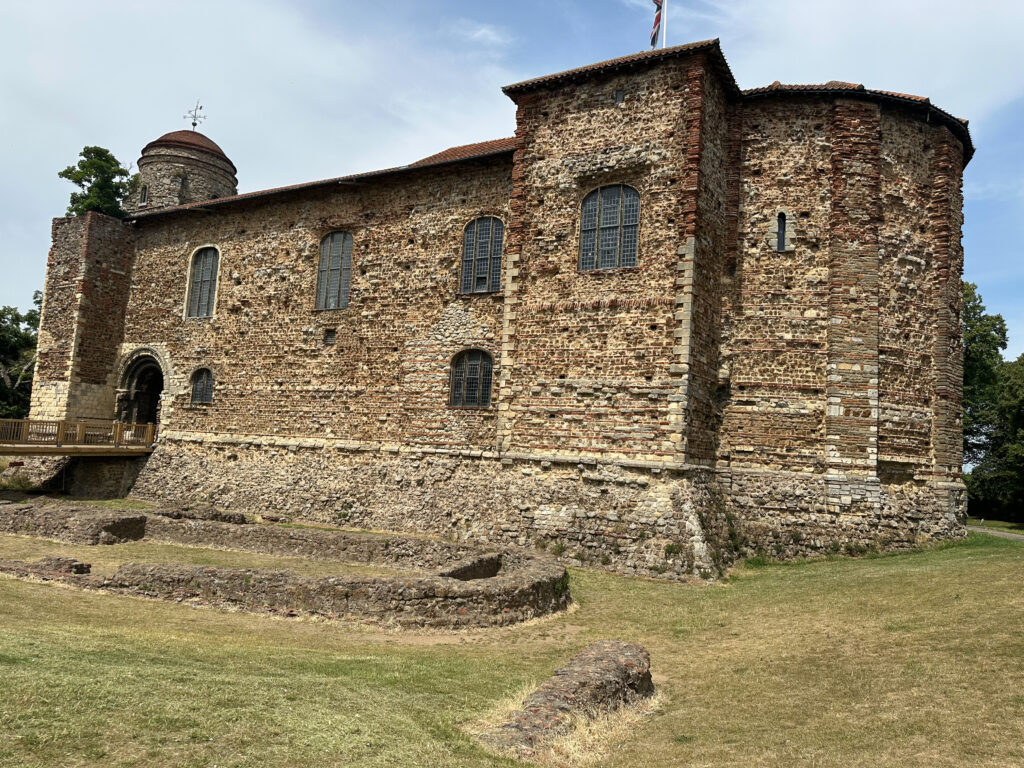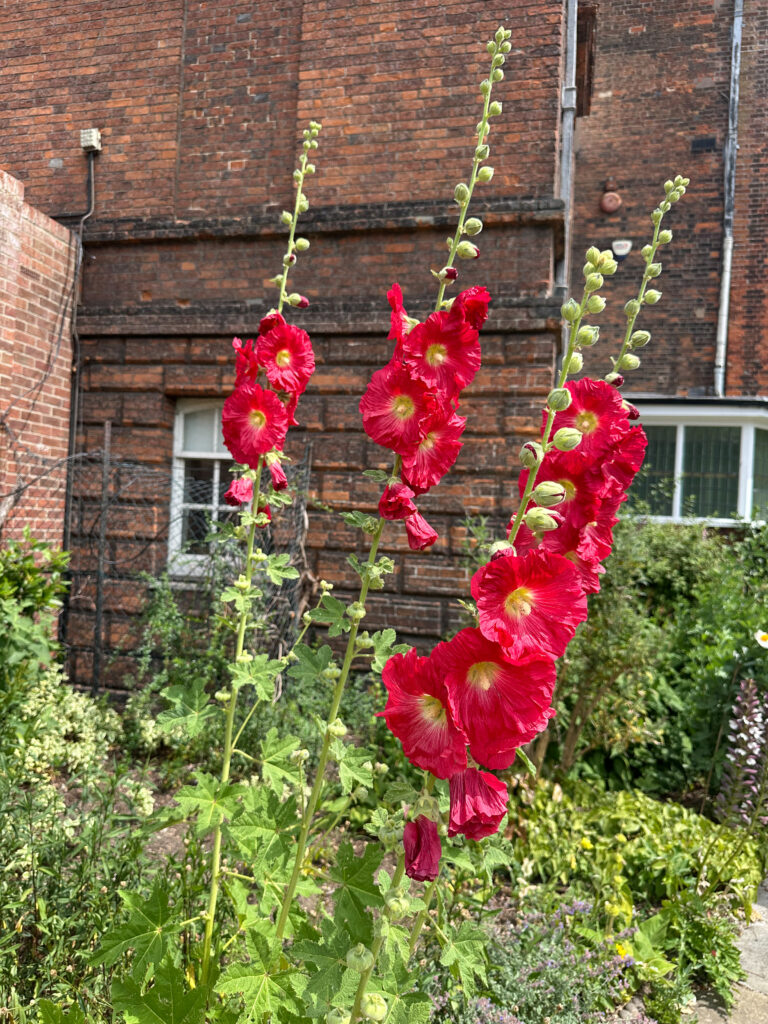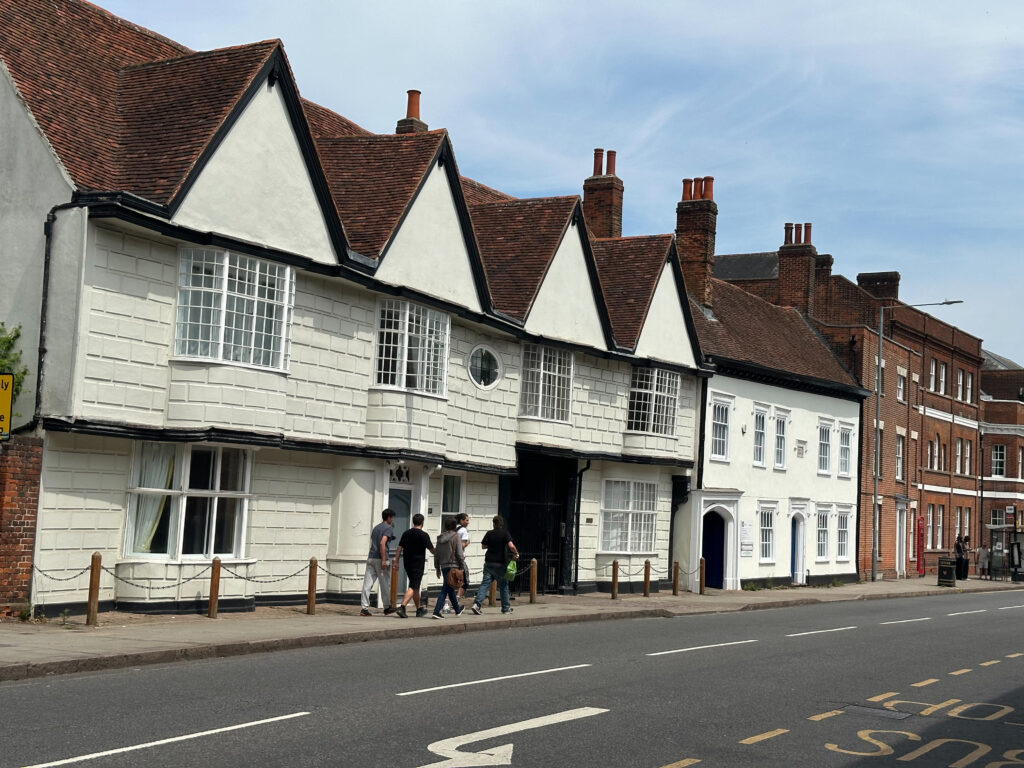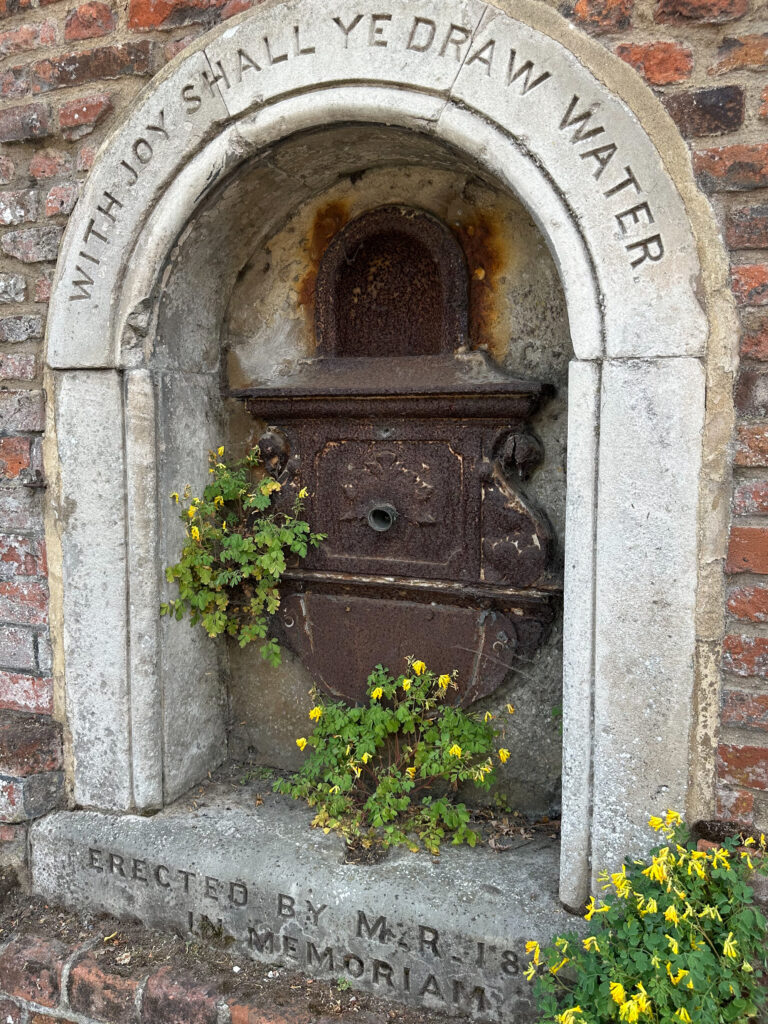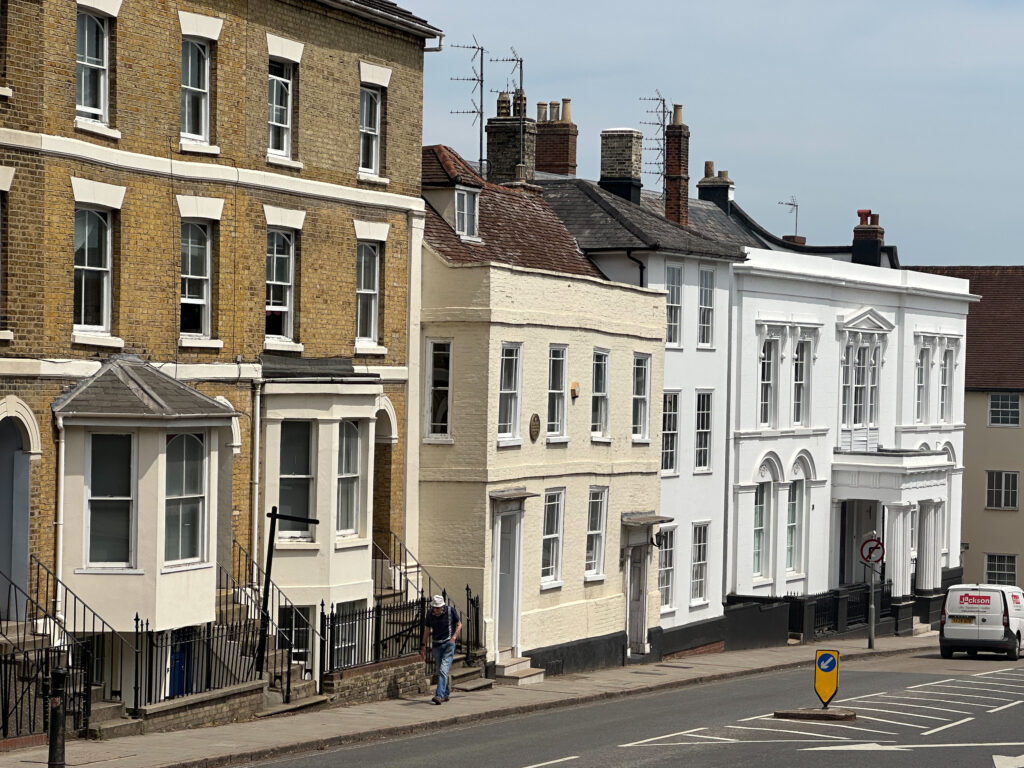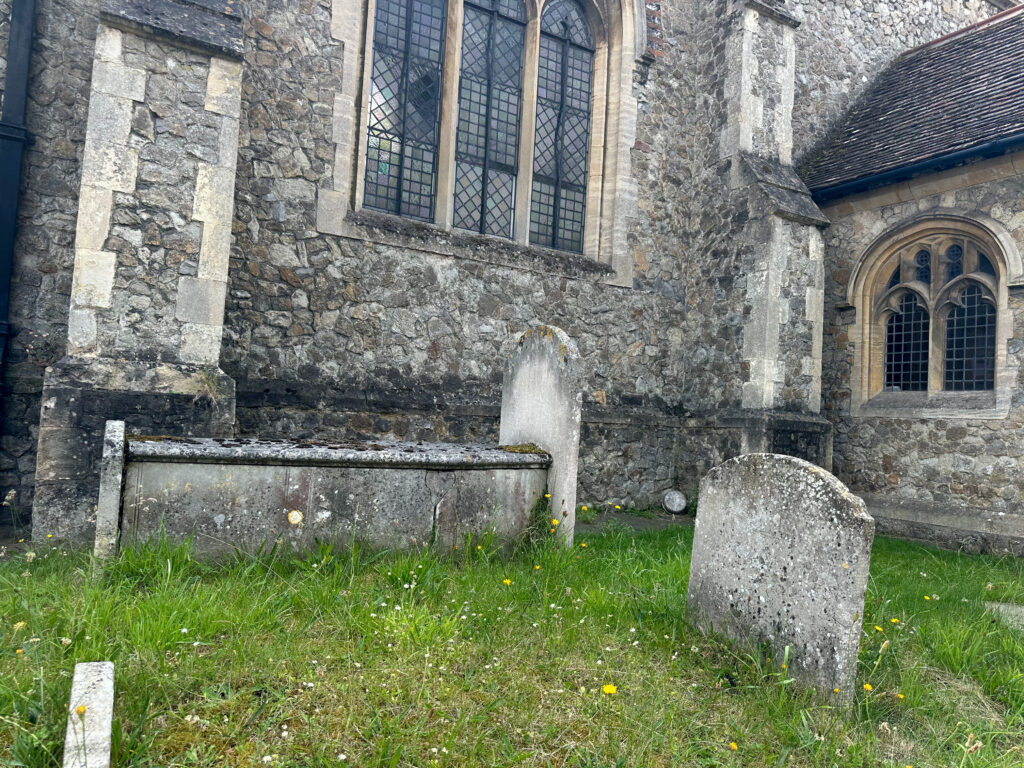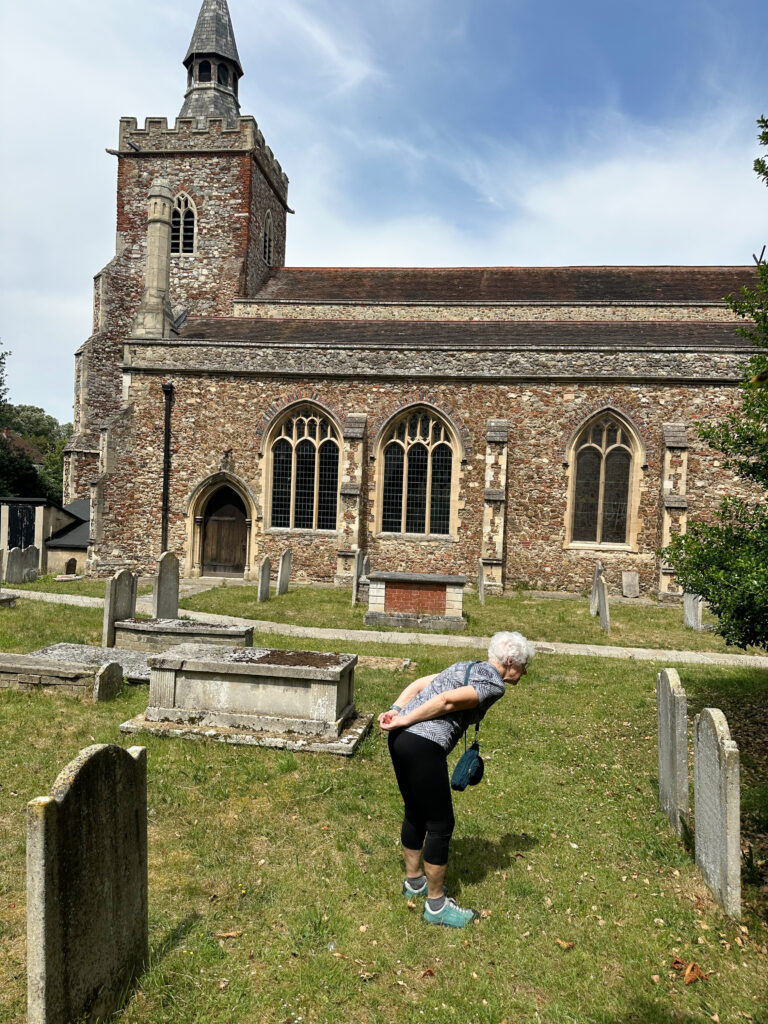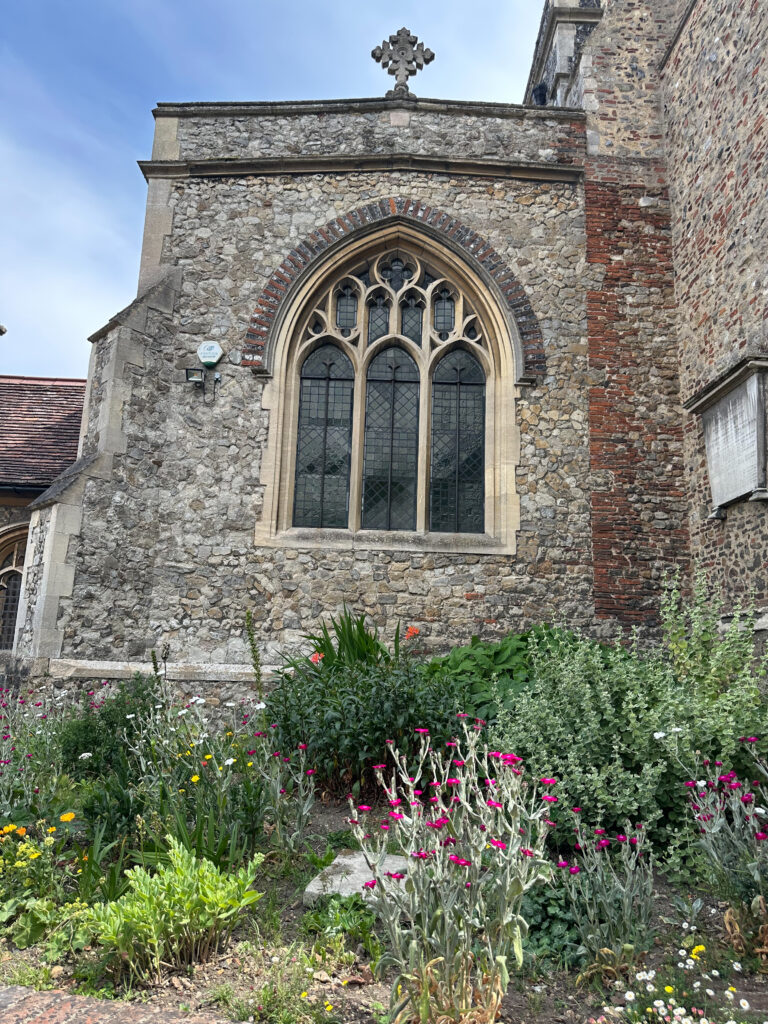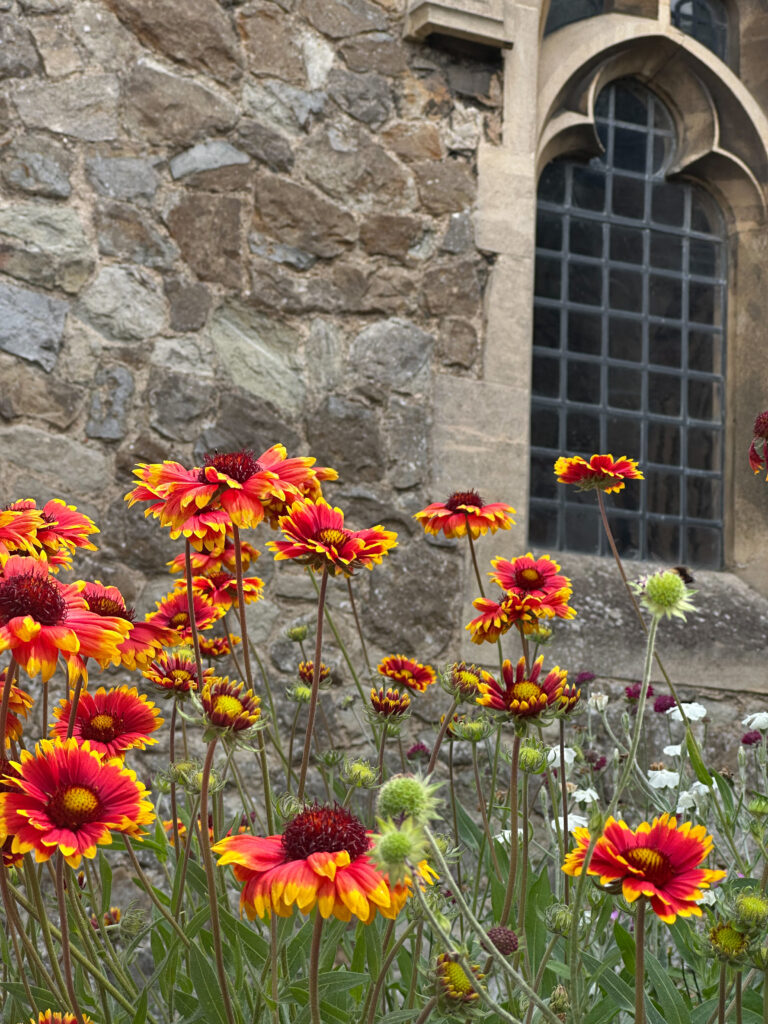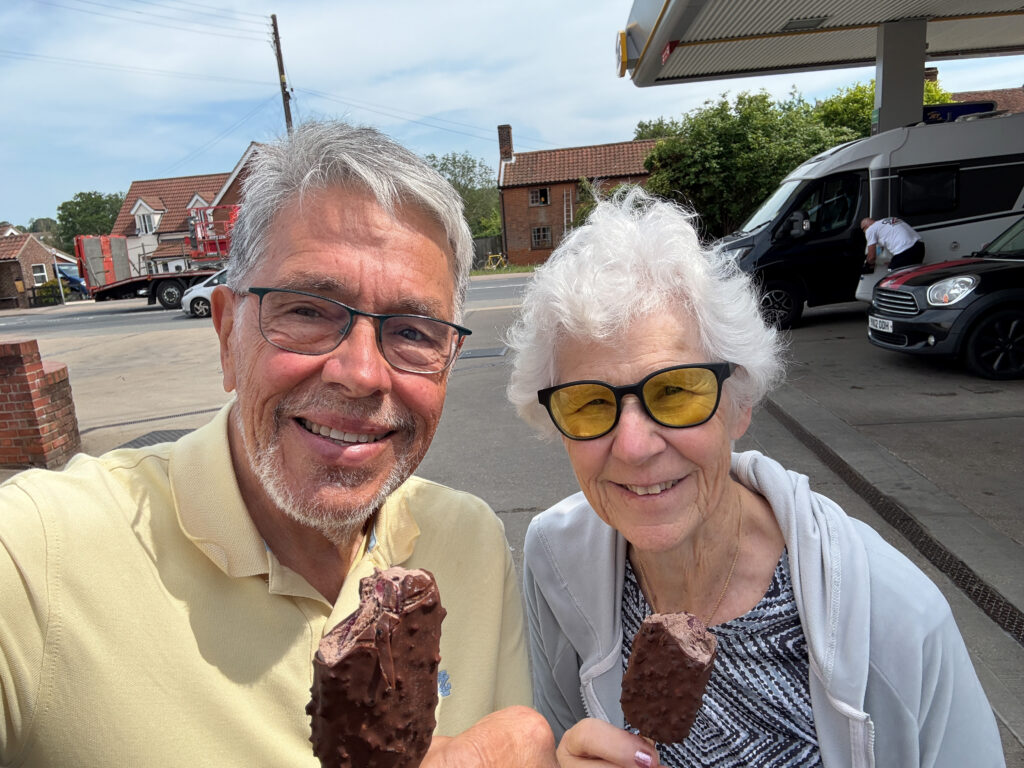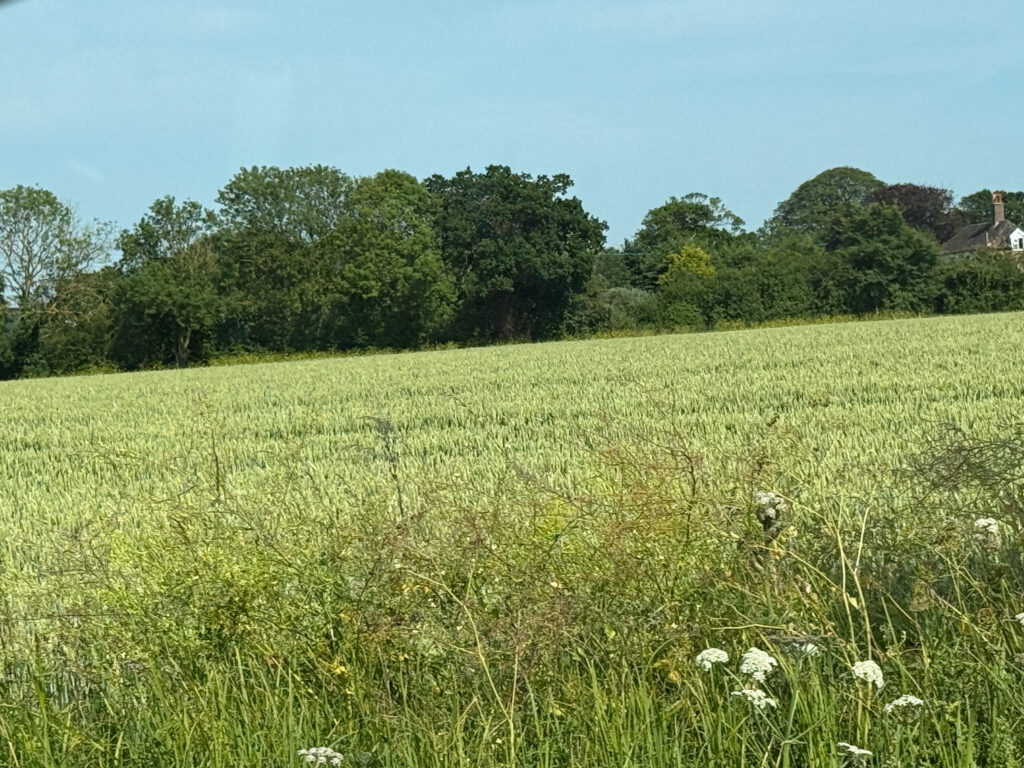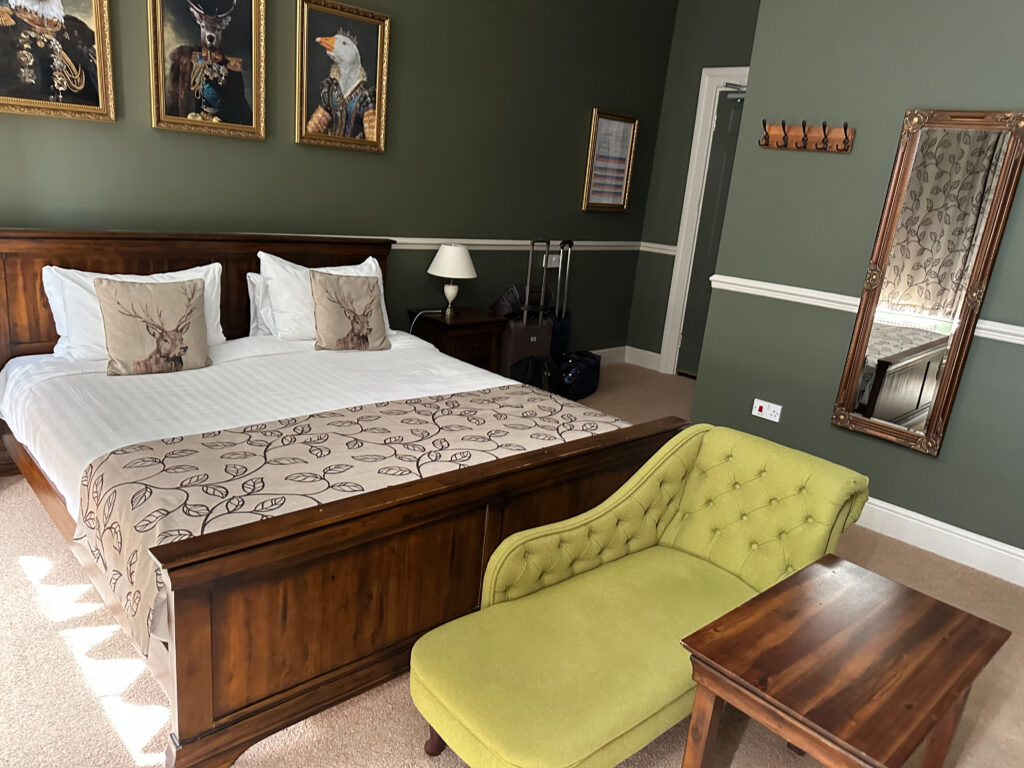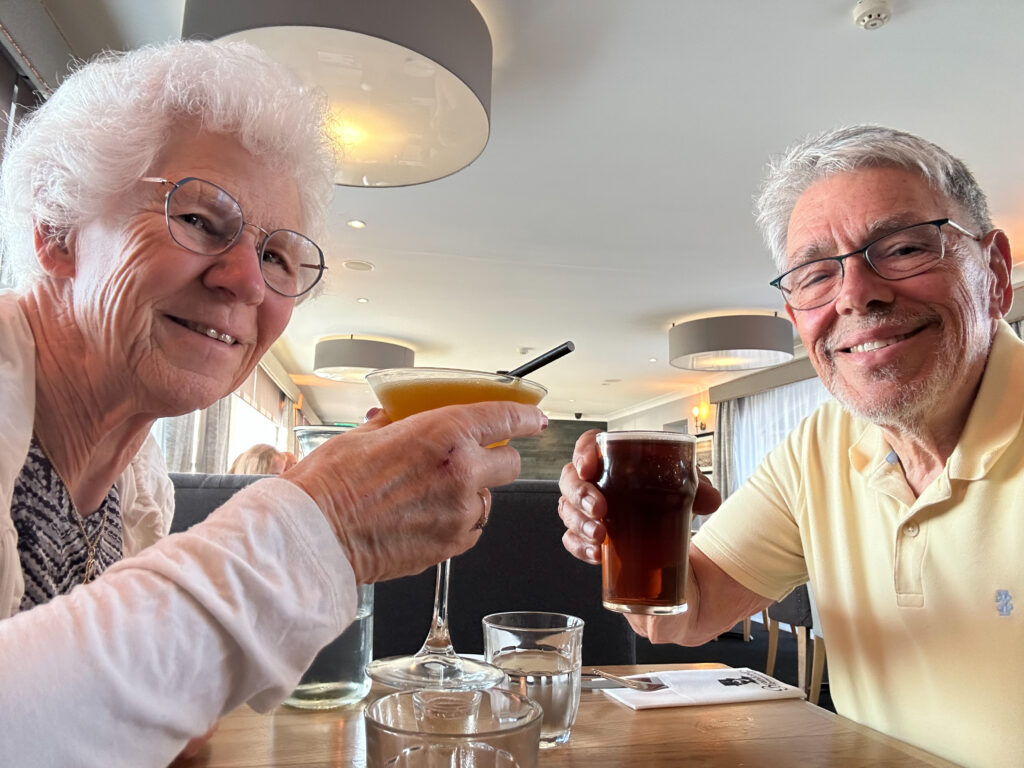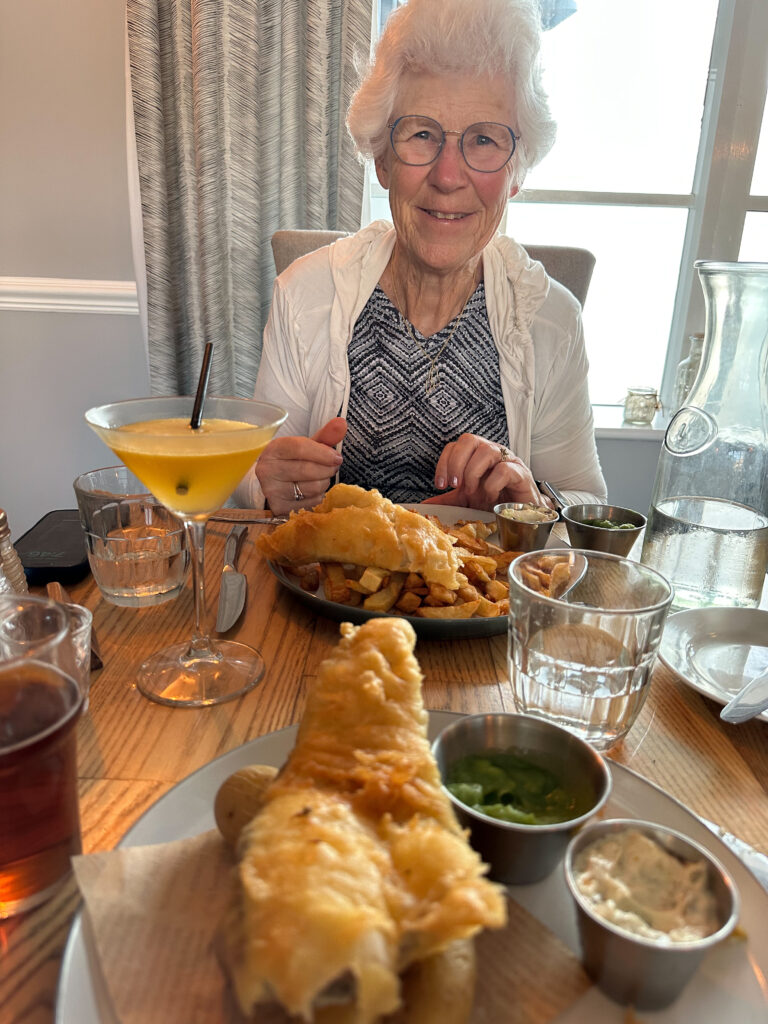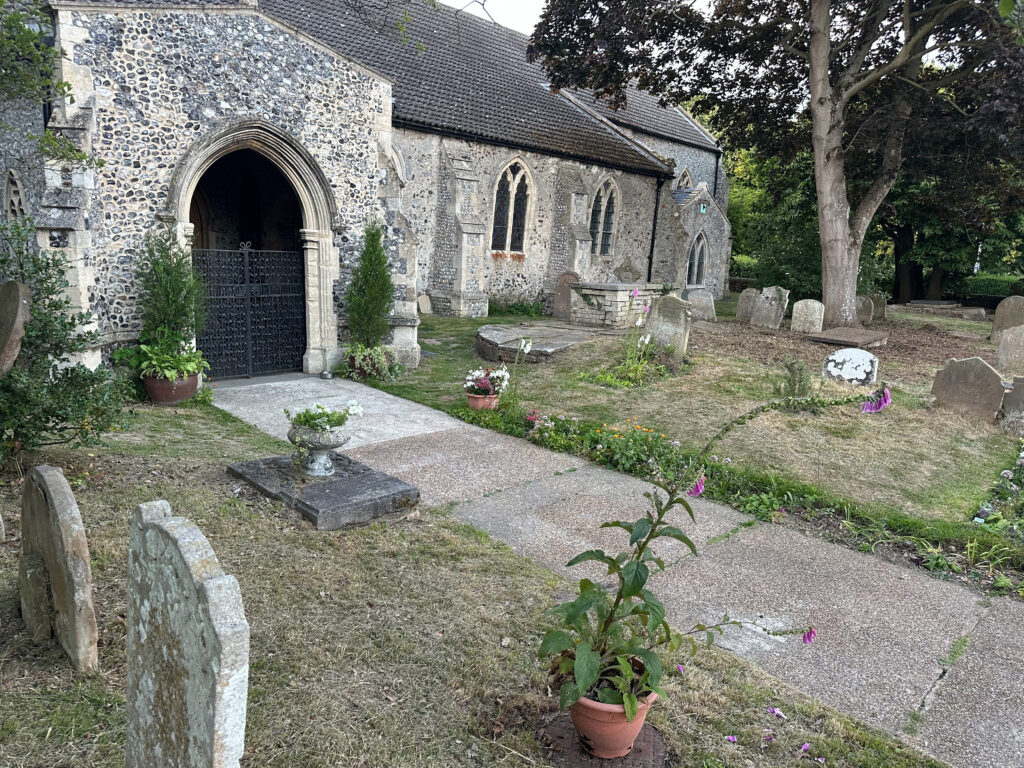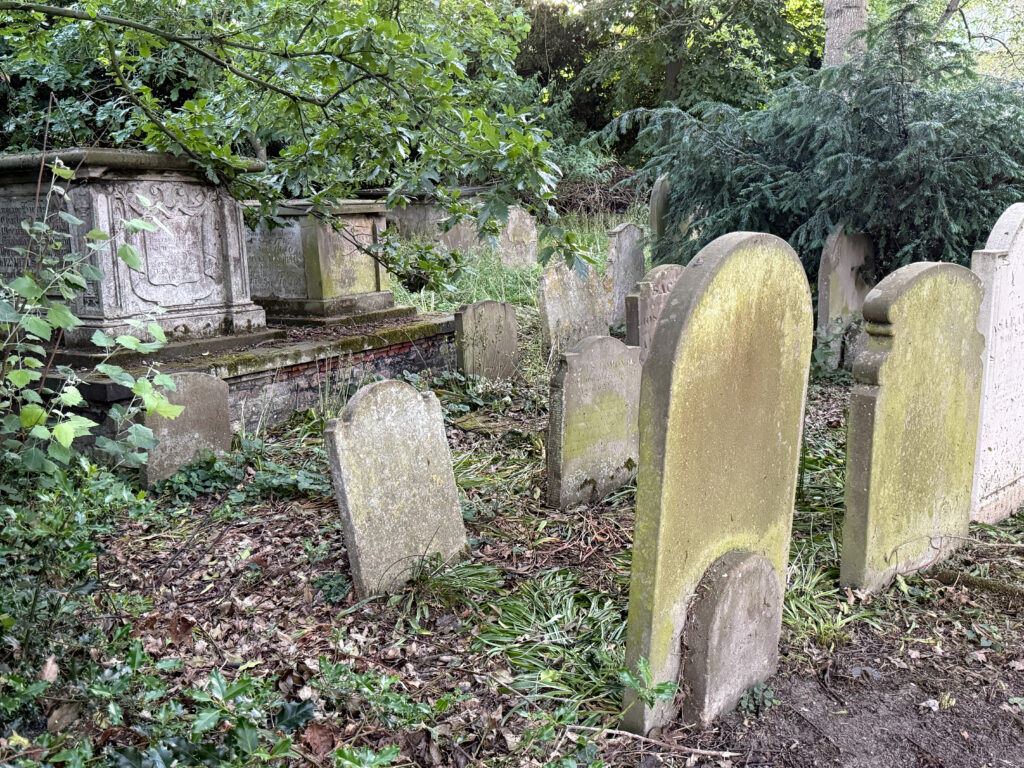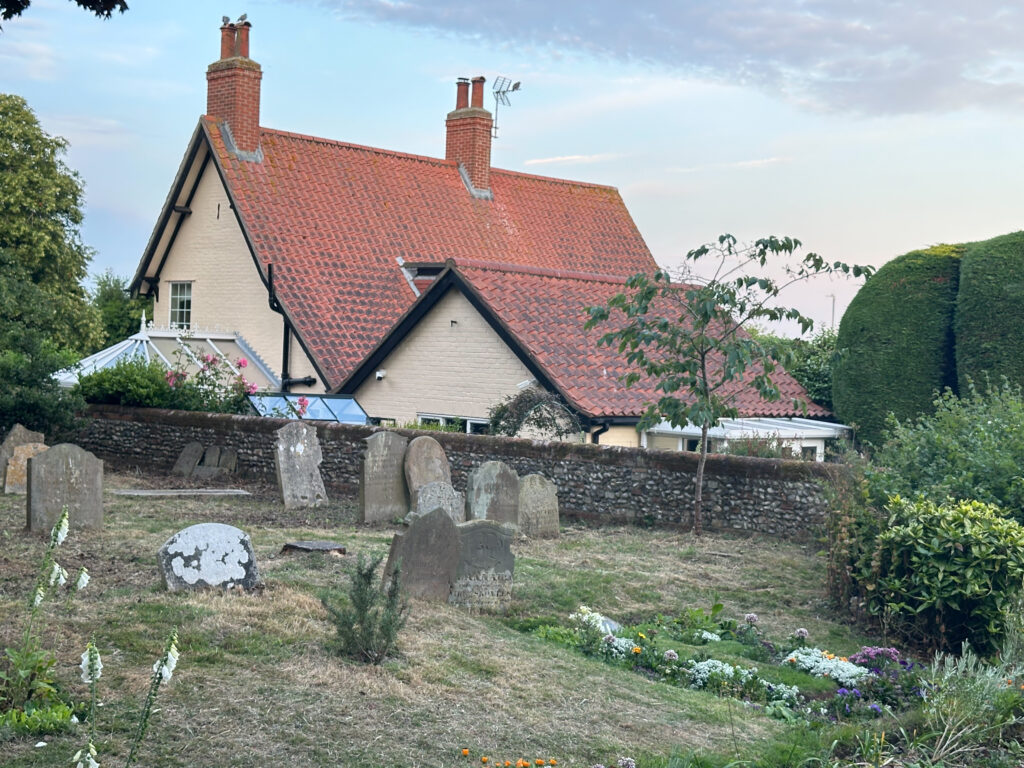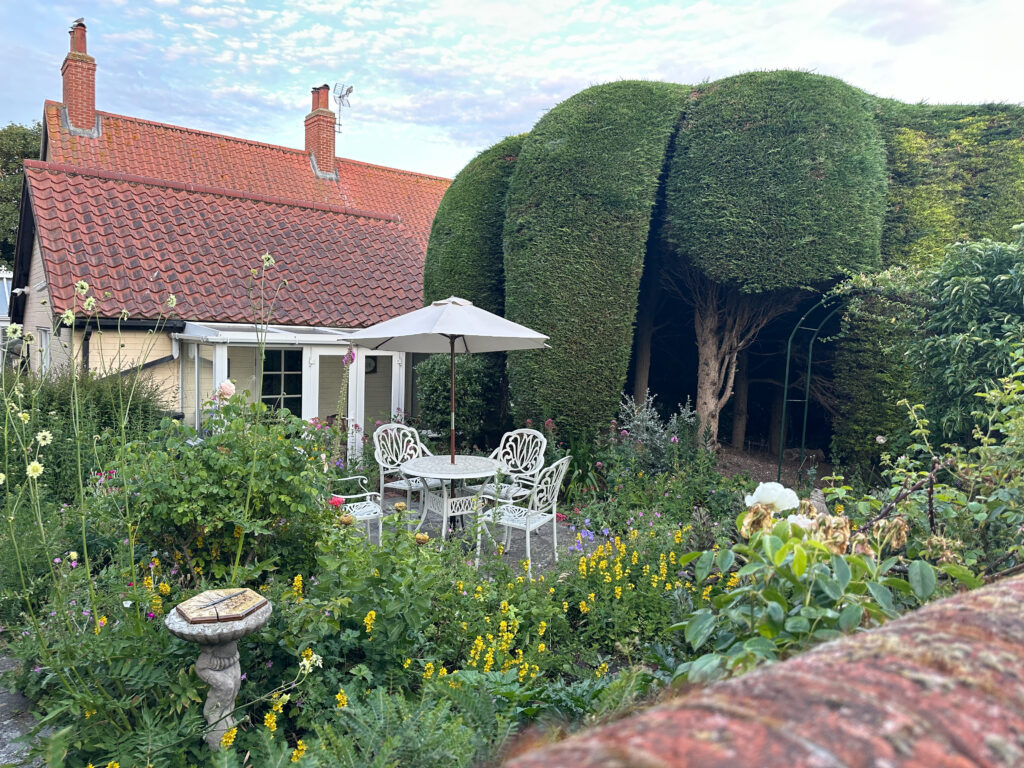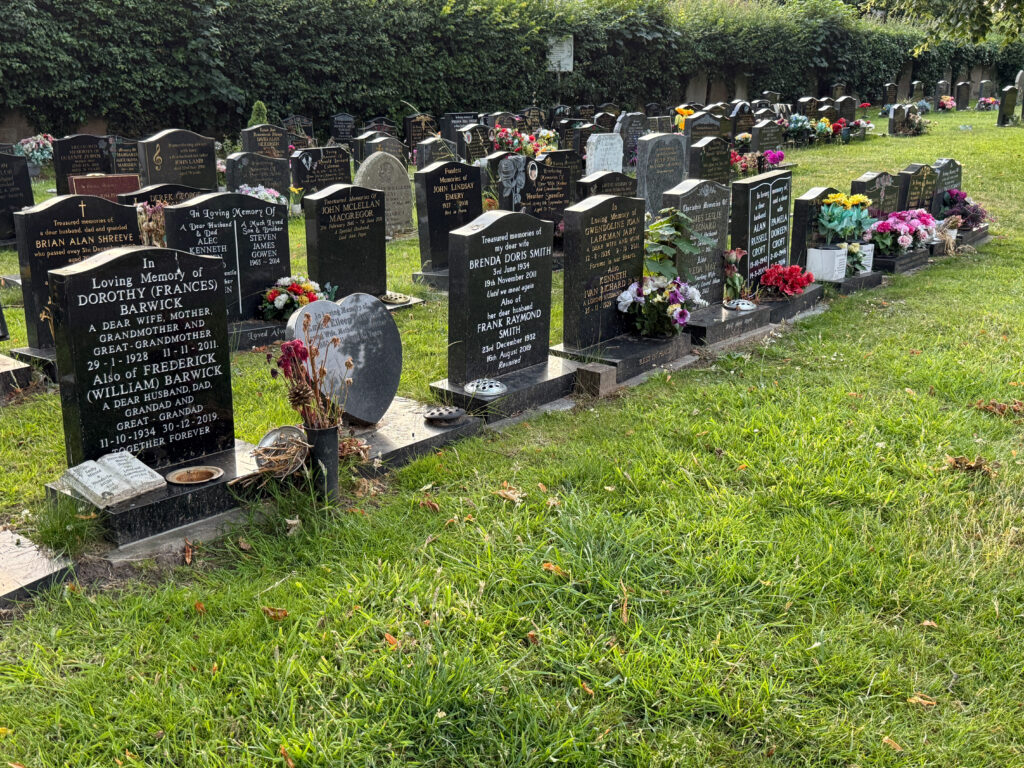What genius designed lay flat seats such that the passengers in the middle two seats are blocked by passengers in the outside seats? There we were, two elderly weak-bladdered travelers who, once our neighbors stretched out for the six-hour flight, had no way of getting out except by gymnastic maneuvers we probably couldn’t do in our prime. Somehow we survived and got four hours of sleep before landing on time at Heathrow.
As I settled into my seat at Boston, I had a strange feeling unlike what I normally experience at the start of a trip. Normally, I have a pretty good idea of what to expect, what sights we’ll see. But this time I felt unsure. Yes, we had a rental car and a week’s worth of hotel rooms, but almost all of our stops are well off the normal tourist trail. You won’t find many busses parked in front of the church in Ormsby St. Michael. Yes, we’re going to see Stratford-Upon Avon, Stonehenge and a bit of the Cotswolds. But those are drive by shooting events (photographic shootings, that is), not full-blown touring stops.
Frankly, I haven’t done as much prep work to find out what’s going in the places we’ll visit. I spent a lot of time tracing our family roots to know where to go but hardly any time exploring the places we’ll end up.
So here we are, waiting for our gate to clear at Heathrow, and I start googling Essex, from whence Mary Clark Cogswell might have come – my grandfather Libby’s maternal line – who sailed in 1635. In the few minutes I had, I figured out that Essex is a county here, not a town like in Massachusetts’s. And Colchester, the “county town” has a castle. Great. A good halfway point on our trip to Ormsby St. Michael.
The Hertz car is a little Toyota Yaris. I wanted a small car for narrow English roads and that proved to be a wise choice. The roads are plenty wide but I have a hard time keeping the left-hand tires on the road. Driving on the left, otherwise, has proved to be no problem. The month’s worth of experience I had in New Zealand made it like riding a bike – it felt OK from the start. We missed the first few roundabout exits leaving the airport but that was due to the complexity of the roundabouts, not the clockwise direction they call for. Our elderly jet-lagged brains can’t count five exits with any kind of accuracy. After that, things went well and it feels like we went around at least a hundred roundabouts today.
As often happens, lack of planning can lead to some good outcomes. Colchester has been an important city since the time of the Romans 2,000 years ago and before. In fact, this Norman castle provides a great introduction to English history: it’s seen it all.
The Romans conquered the native tribes in 43 AD or so and stayed until 410, leaving as the wider Roman Empire collapsed (don’t use my dates in your AP history class). Next came the Anglo-Saxons from Germany and Denmark. They lasted until Edward the Elder drove them out in 917, rebuilding Colchester, which had fallen into disrepair under the Anglo-Saxons. Then came the Norman Conquest in 1066 AD, leading more-or-less to the England we know today. Construction of the castle started in 1077 on the foundation of a Roman temple using stonework from the Roman keep. Colchester, with its key location near the North Sea, was prominent in all these eras. Architectural evidence of all has been found at the Colchester Castle.
The thing that struck me was that Mary Clark Cogswell, if she indeed lived in Essex County, could have seen this castle, a structure more-or-less in ruins by her time but still being used as a prison. We think of 1635 as ancient history, using 1776 as our bell-weather. But the castle was over 500 years old by Mary’s time.
Essex County was a hotbed of the Puritan movement in the 1600s. The Mayflower sailed from Harwick, a few miles from Colchester. The Battle of Colchester in 1648 was a significant event in the English Civil War. Puritans coming to America settled in the Massachusetts Bay Colony. They named towns around Boston after towns from back home. We saw many such examples today, including Chelmsford, Ipswich, Essex, Braintree, Yarmouth and Wrentham.
Colchester today is a nice, picturesque town of 190,000 or so, and is one of the fasting growing towns in England. We had a nice lunch in an outside café just across the street from the castle.
We enjoyed walking a bit to see the people and architecture of Colchester. St James church (Church of England, naturally) exhibited one leftover from the Puritan era: all the windows are clear glass. No stained glass or other “popish” embellishments, since graven images are expressly prohibited by the Commandments.
From Colchester we drove another two hours on the Greater Yarmouth, a seaport town on the North Sea, across from Norway. We saw lots of farming – winter wheat is my guess – and small towns with buildings and streets similar to what we saw In Colchester.
The Old Hall hotel is the closest we could find to Ormsby, where we’ll visit tomorrow, looking for traces of the Dows, or at least seeing what their home turf looks like today. We’ll eat dinner tonight at the next-door inn since more driving to a place on the sea probably isn’t what we need right now.
After dinner – local fried haddock with chips and new potatoes – we walked across the street to the local parish church and its attendant cemetery. Some graves are on the church grounds, many others across the street in a nice park. Graves were from the 1800s to today. A pleasant stroll, especially considering the sun doesn’t set until 9:20 PM and rises again at 4:29 AM.
